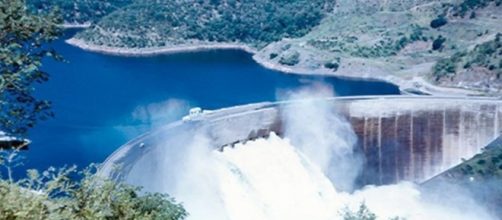At 5.05am on January 9, 2016 an earthquake measuring 4.6 on the Richer scale occurred less than 60km from the massive Kariba Dam. The dam, which sits on the border between Zambia and Zimbabwe, has been in the News because of structural issues. The tremors were felt over a 100kmaway in the city of Lusaka in Zambia.
The director of the geo-survey department in Zambia, Mr Chipilaika Mukofu, told the Post News that they have experts who are assessing whether any damage was caused. However, he said it was too early to know if damage had been done to Kariba Dam.
At this time, no reports of any type of structural damage had been reported from the affected districts, but the dam is obviously of some concern.
The dam wall, which was the biggest ever constructed before the 1960s, was widely reported to have structural issues in 2014. The wall had developed structural weaknesses, which could place nearly four million people in three countries at risk. It would also devastate the wildlife of the World Heritage site at Mana Pools in the Zambezi Valley, and, if the dam failed, would destroy the huge Cahora Bassa Dam further downstream in Mozambique.
Gilles Hervio, the EU Head of Delegation in Zambia said in Brussels in 2014, that the dam was a potential disaster.
In 2015, it was reported that the stilling pool at the bottom of the 128m dam wall had eroded. Urgent funding has been sourced and work is going on to repair the dam wall within the next three to five years.
The dam has experienced earthquakes of up to 5.5 on the Richter scale in the past. While an earthquake of 4.6 is not usually a danger to large structures, worried people on Facebook were concerned that the wall might have been damaged by Saturday’s quake because of the reported issues with the wall.
As the dam was filling there was a subsidence of land and many tremors were felt through the 1960s. Visible subsidence can be seen along the road to Kariba. The quakes and tremors were caused by the waters of the Zambezi as they rose to fill an area of 5,580 sqkm.
This year the lake is very low and causing problems with power generation for Zimbabwe and Zambia.
The lake has dropped well below its usual level and it is thought that the lighter load on the area might be responsible for the latest quake.
The Kariba dam is in a tectonically active area at the southern end of the African Rift Valley, but there have been no major quakes or seismic disasters associated with the dam. The Zimbabwe government has not commented on the latest earthquake.

